Tidal House
2019-05-13

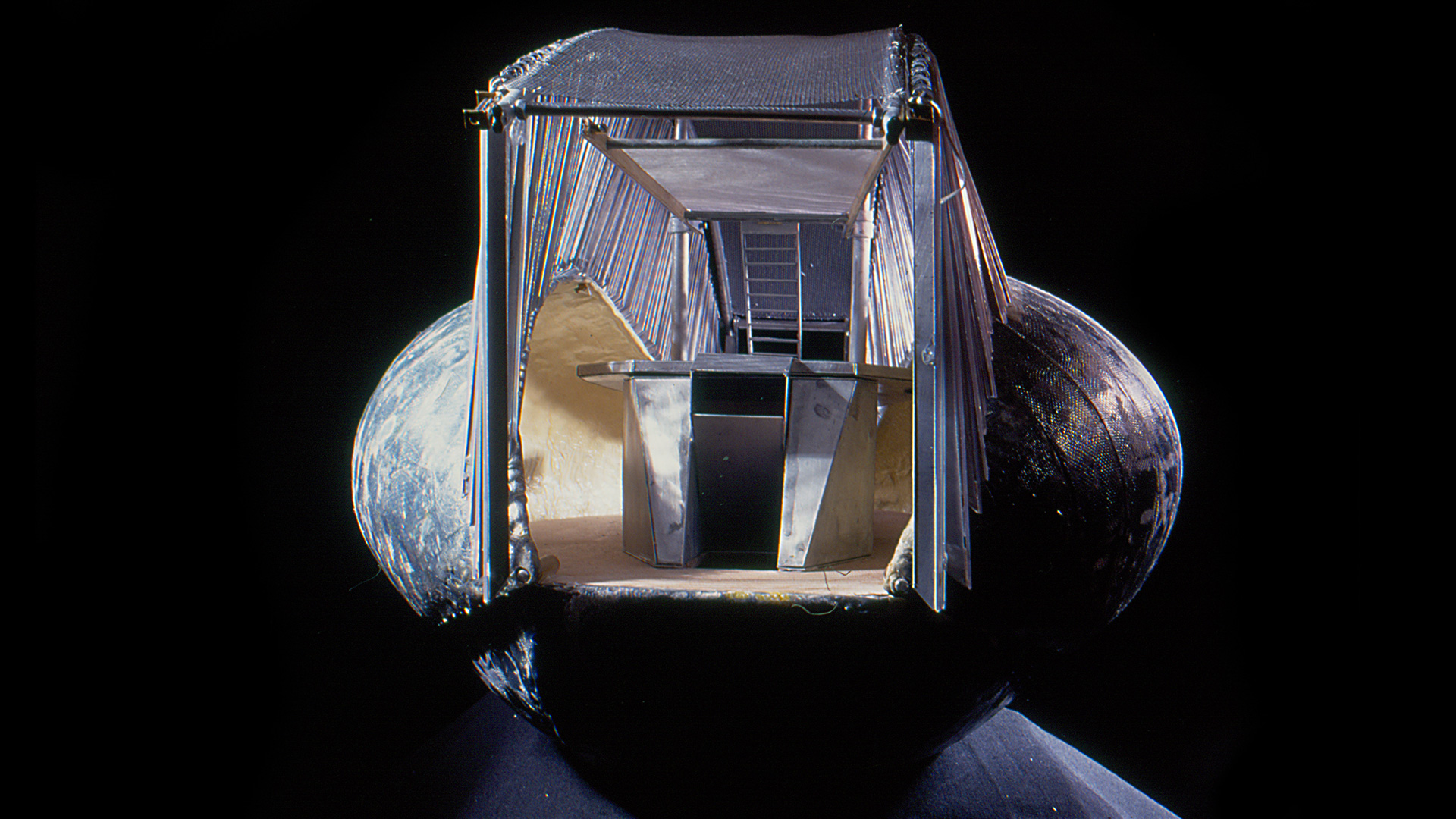

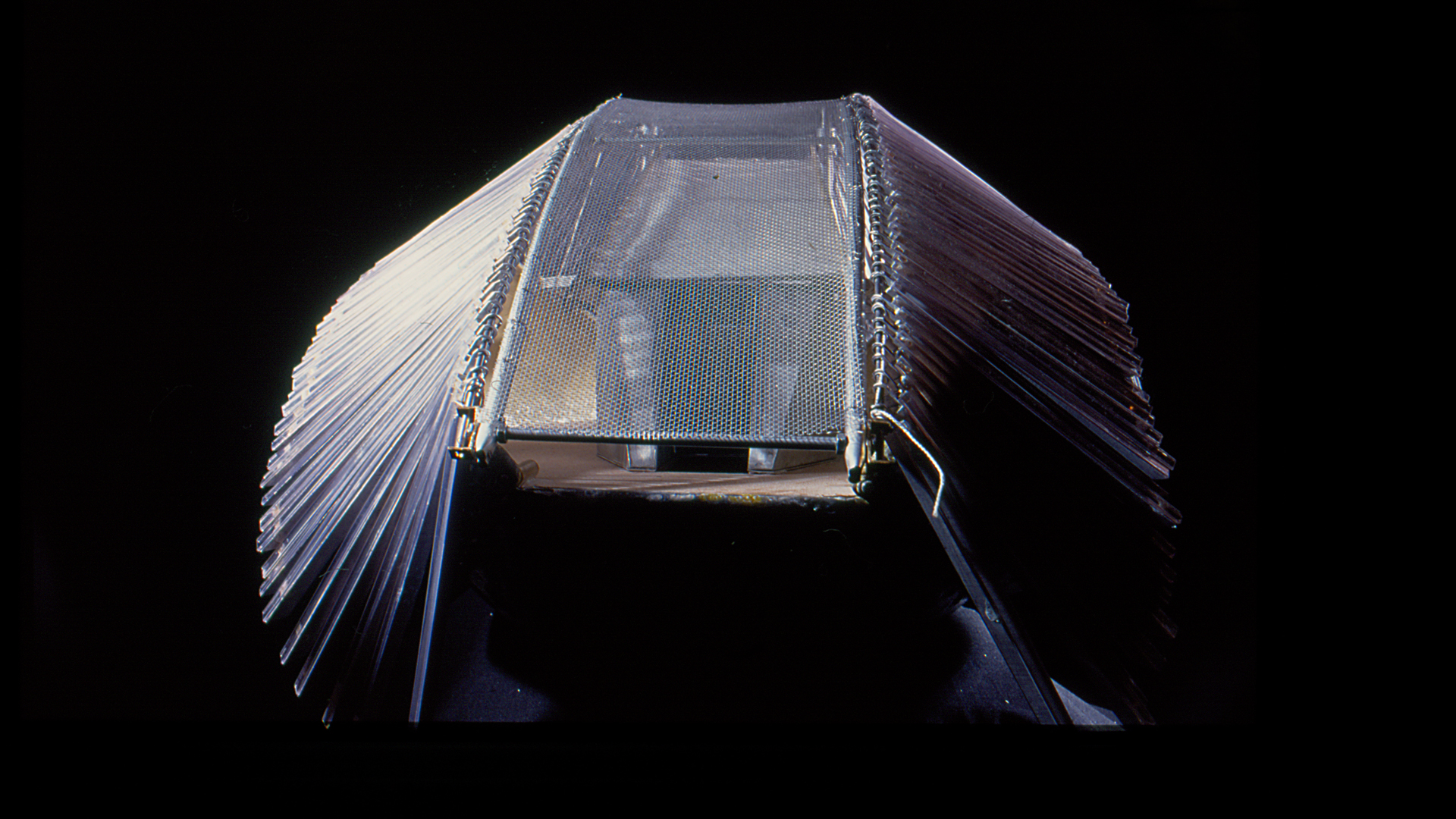
A building in the tidal mud flats, in a continuously changing environment. So as to equal this environment functionally and design-wise, the building changes in the rhythm of ebb- and flood tide. The times of nature determine the abode and the activity of people inside. The tidal house marks the
borders between land and sea and is therefore the interface between habitable and inhabitable environment. The immanent, always repeating movement is characteristic for this environment. The House of the Tides is continuously subjected to the occurrences of nature. They are determined by the periodic natural events.
The tidal house is an initial step towards the establishment of controlled dwelling conditions, since its existence is determined by external constraints of nature. It a starting point for development of the layout of residential habitat.
At ebb-tide the building rests up on the sea floor. The molusc-like shells fold out. The tidal house is now accessible from the tideland. With the rising flood the protective shells close. The roof is lifted up and the interior of the house is transformed. Now the house can only be reached by boat. At high-tide, the floor decks are extended and an additional gallery-level is created. The lamellae-like glazing is in continuous movement and changes the lighting conditions according to the time of day.
The tidal house is an initial step towards the establishment of controlled dwelling conditions, since its existence is determined by external constraints of nature. It a starting point for development of the layout of residential habitat.
At ebb-tide the building rests up on the sea floor. The molusc-like shells fold out. The tidal house is now accessible from the tideland. With the rising flood the protective shells close. The roof is lifted up and the interior of the house is transformed. Now the house can only be reached by boat. At high-tide, the floor decks are extended and an additional gallery-level is created. The lamellae-like glazing is in continuous movement and changes the lighting conditions according to the time of day.
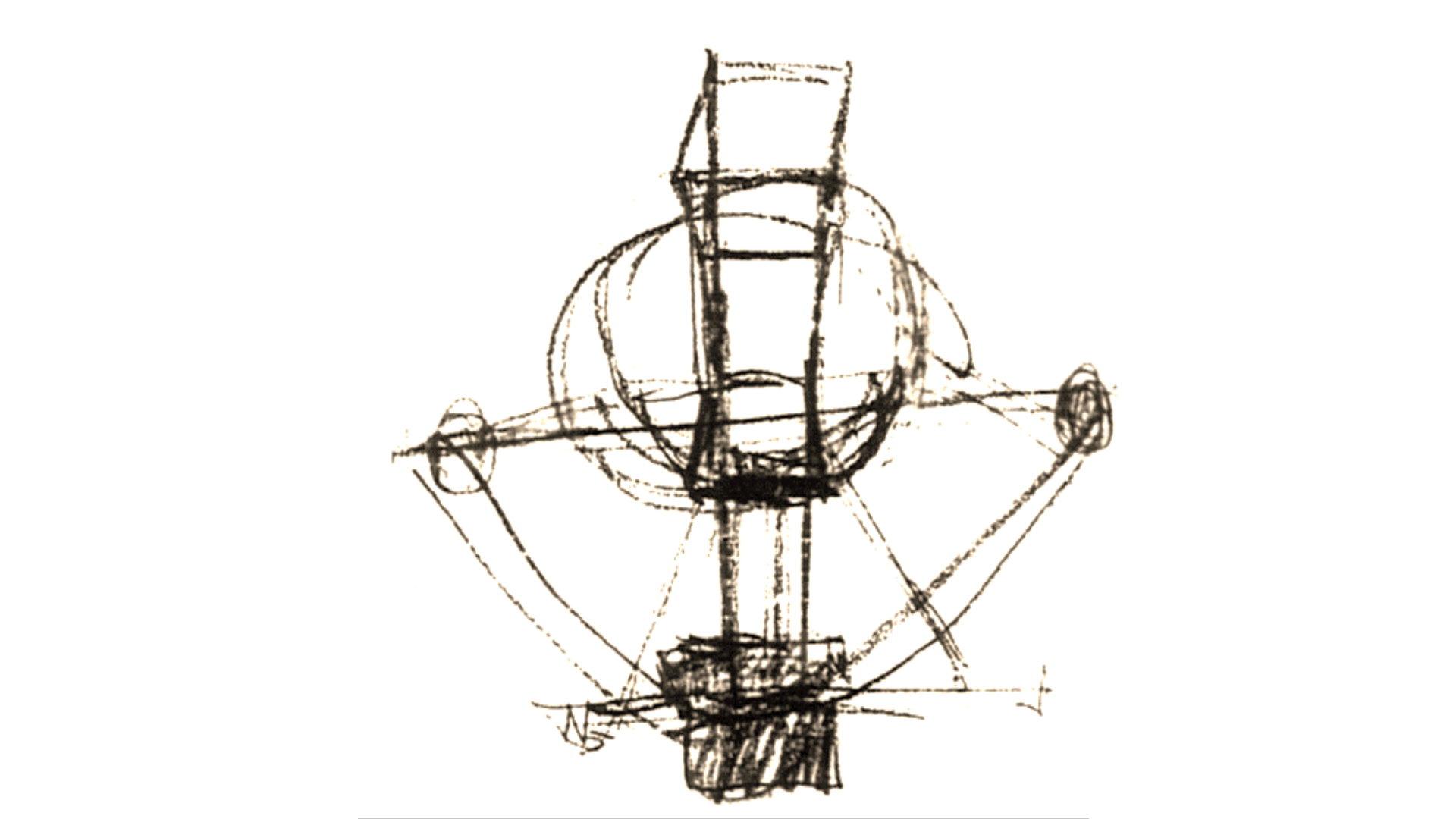
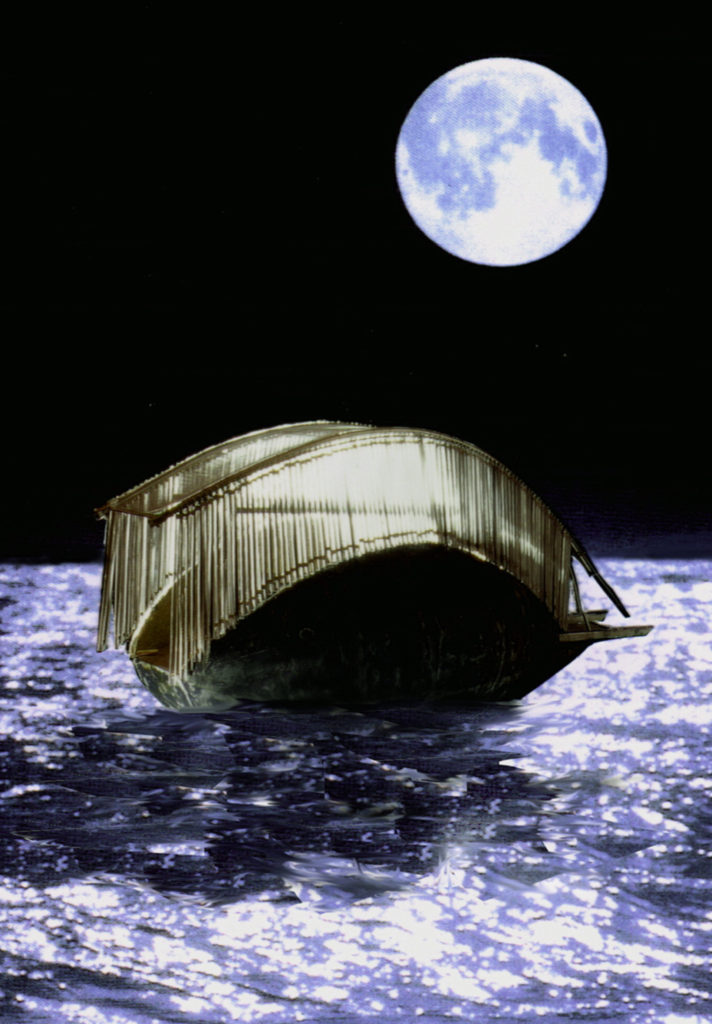
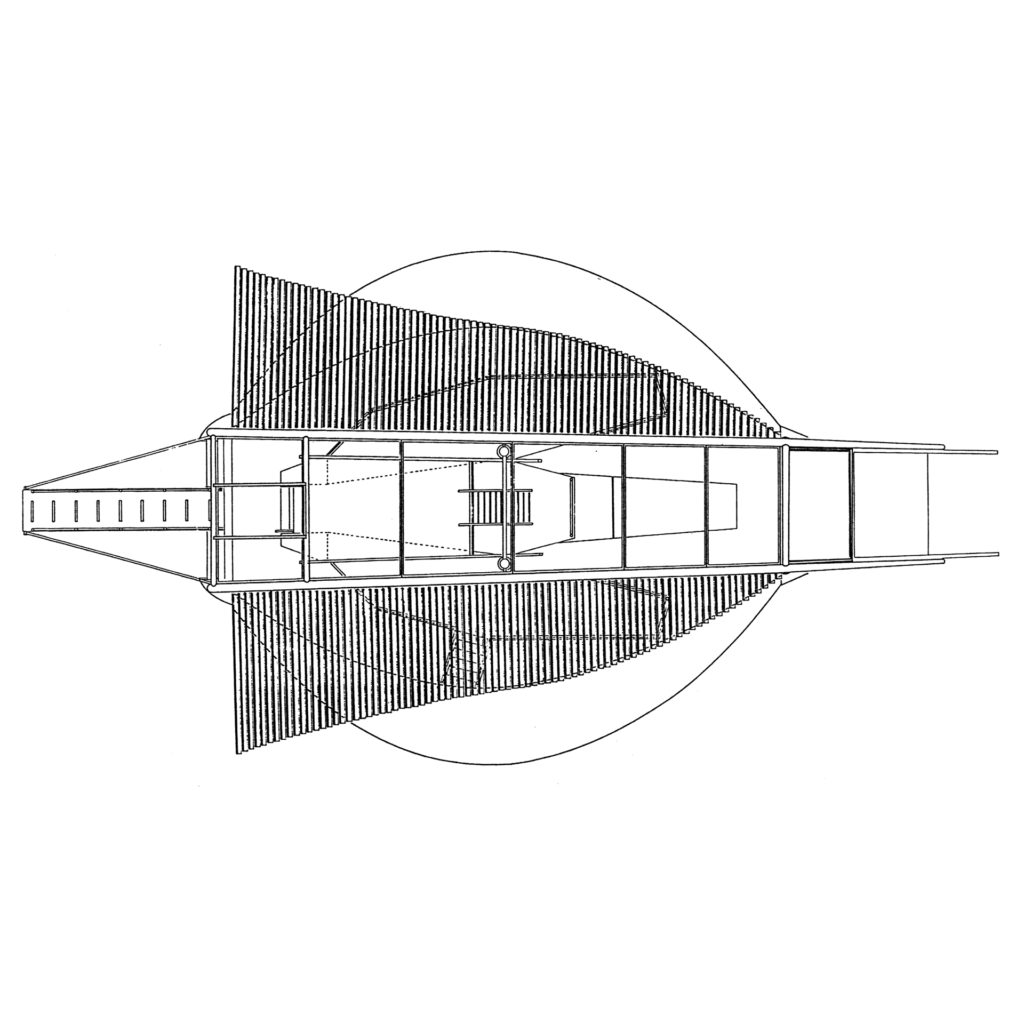
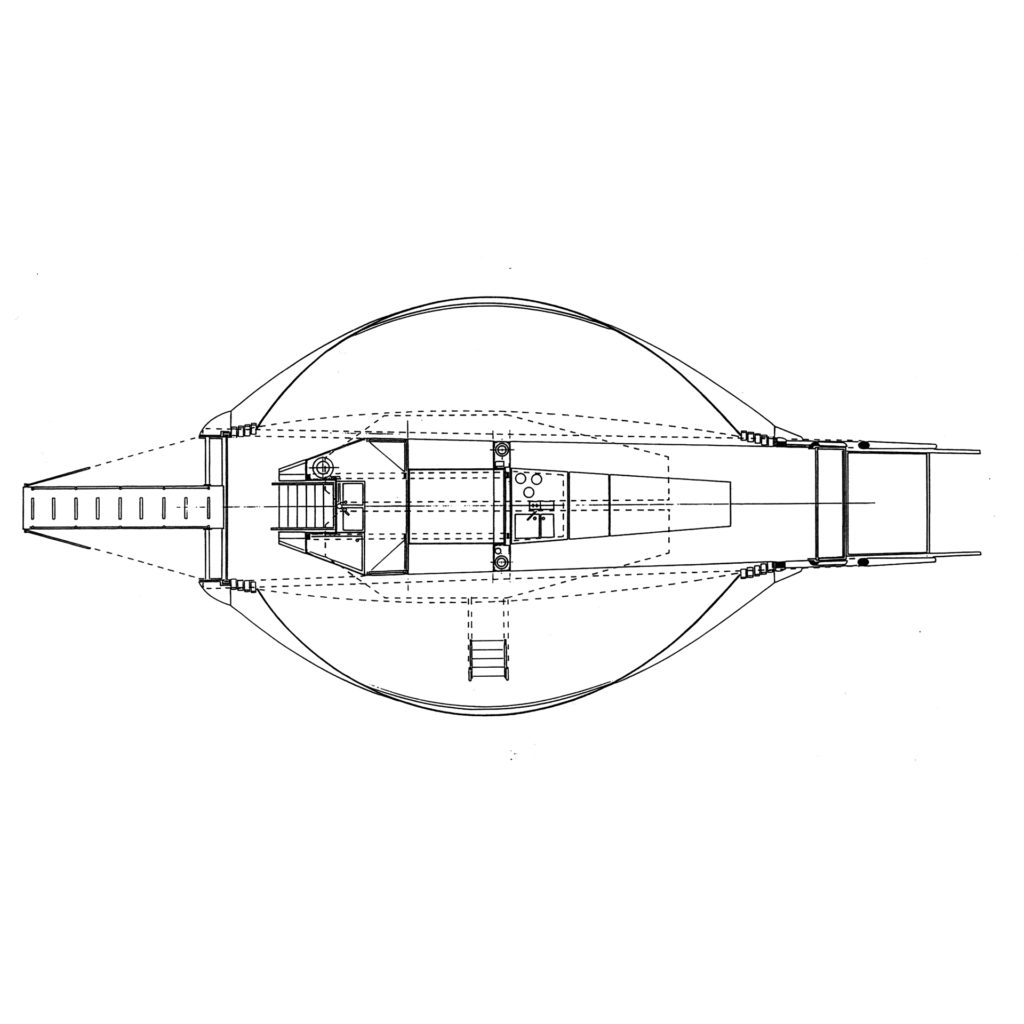
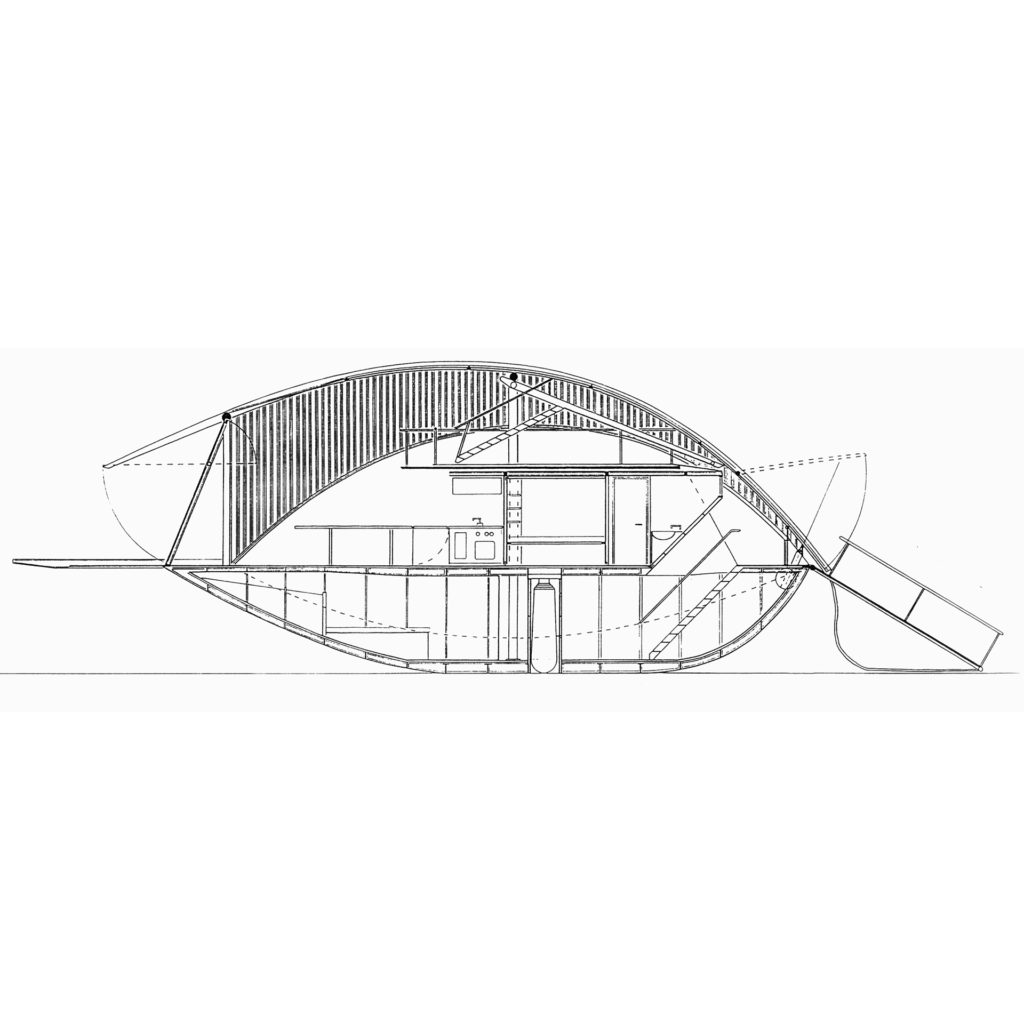
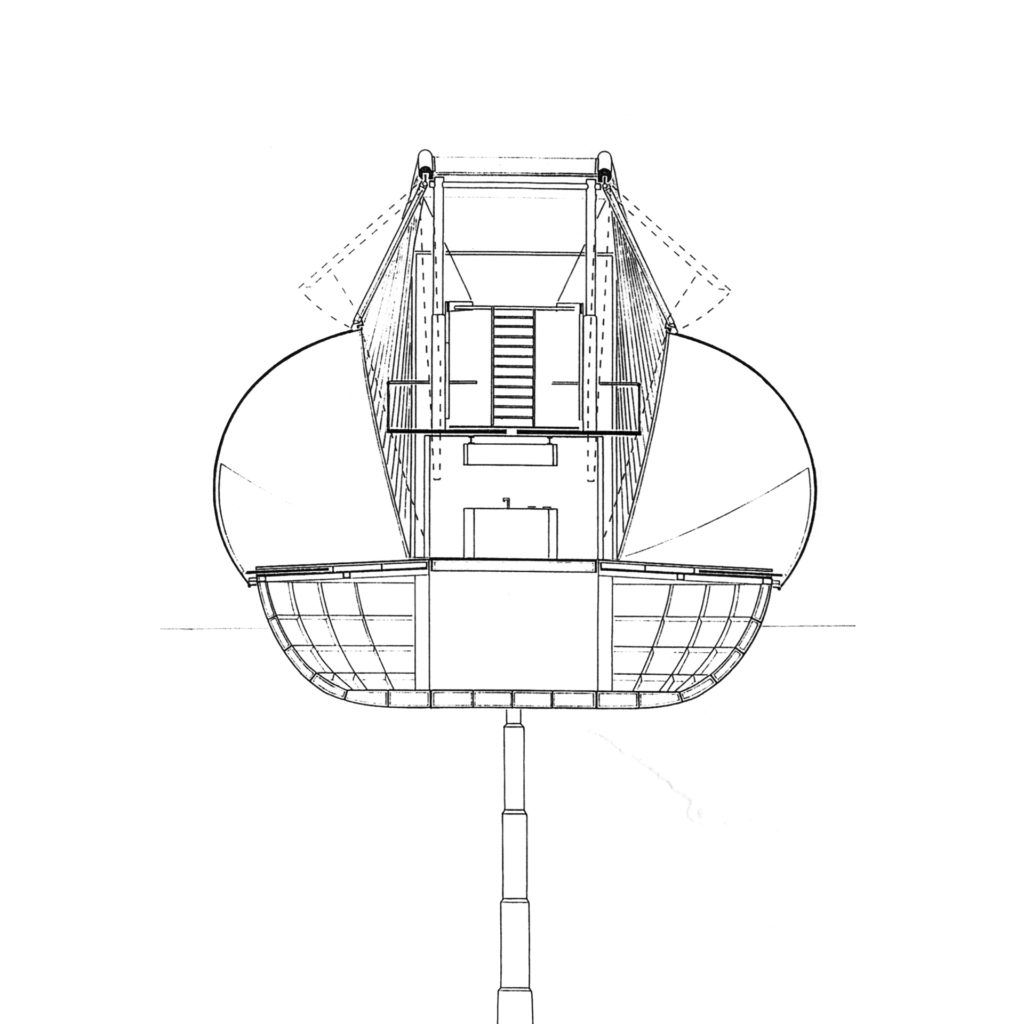
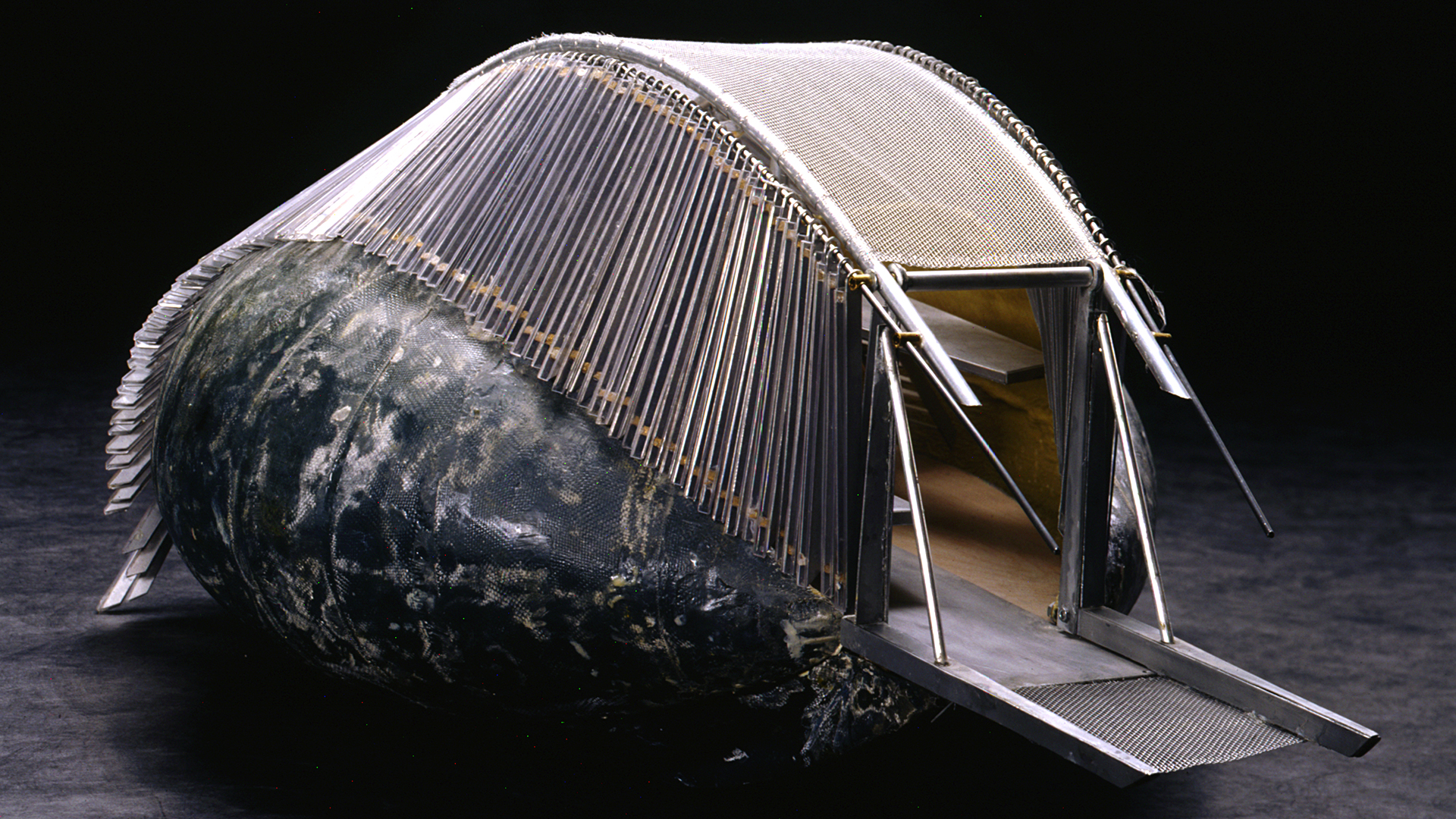

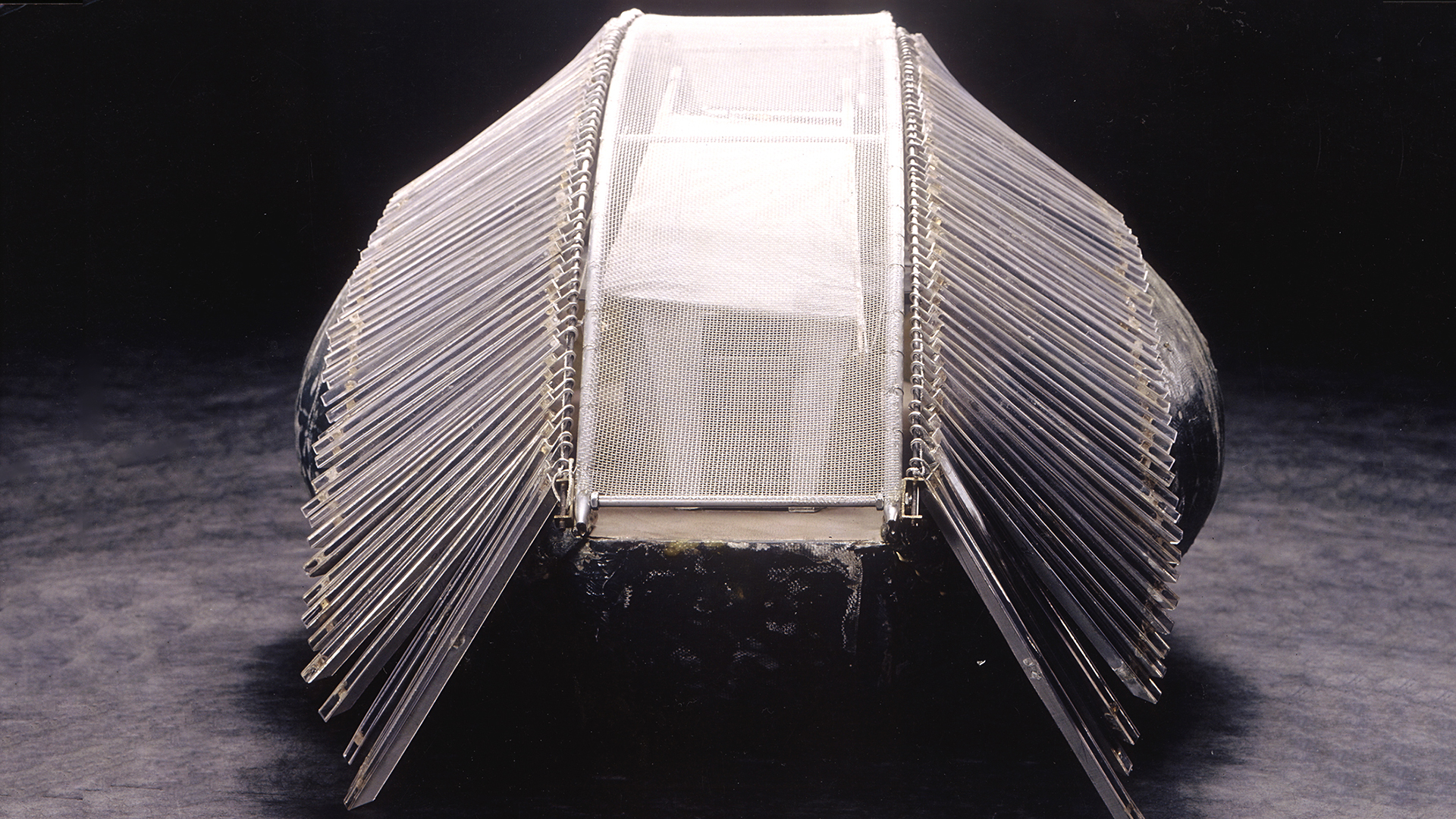
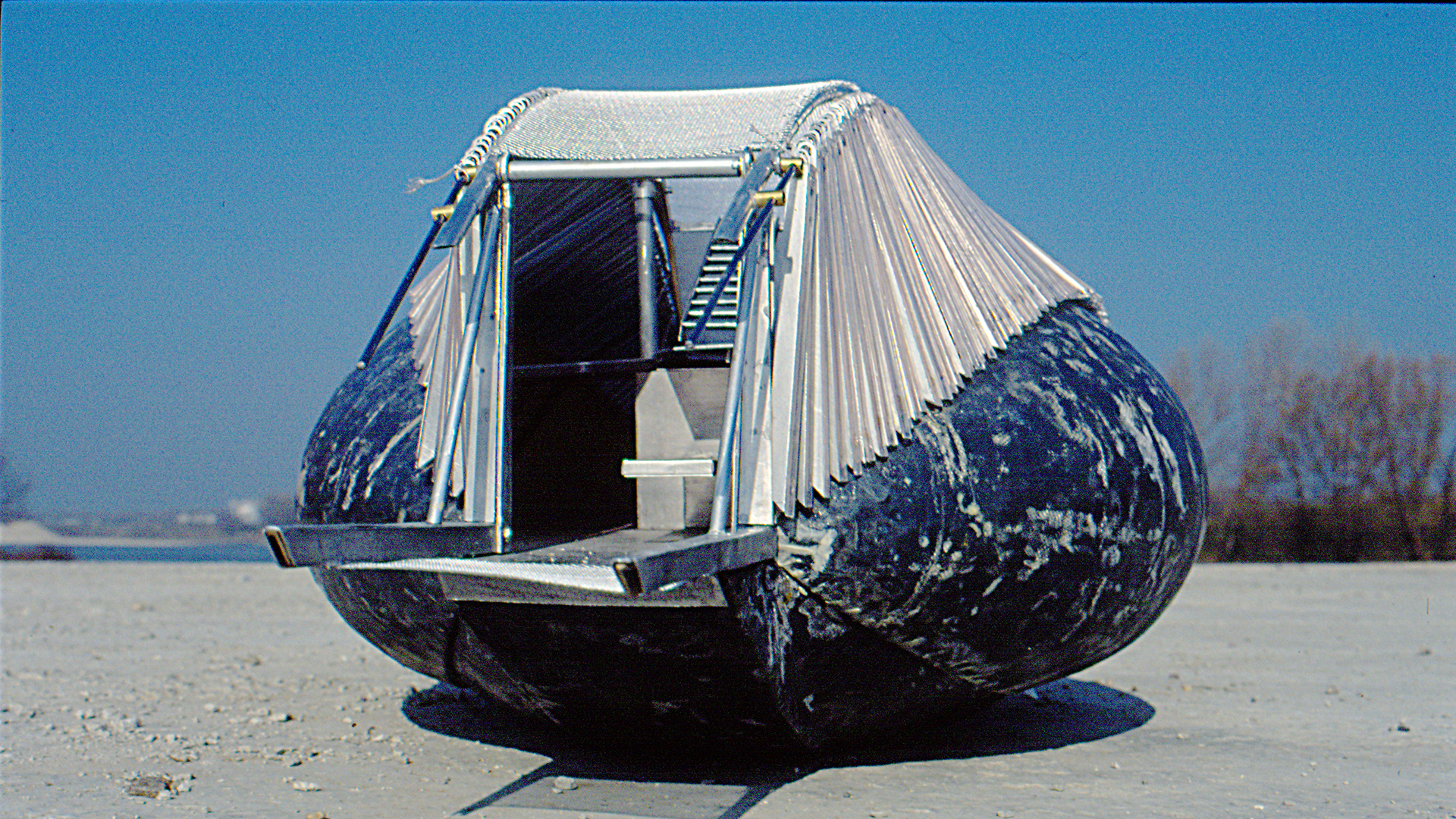
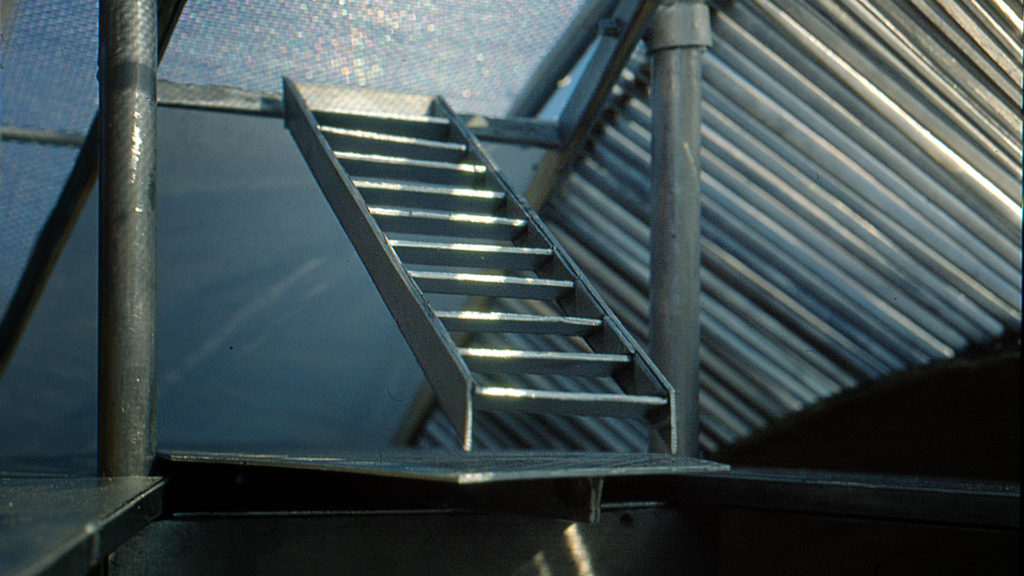
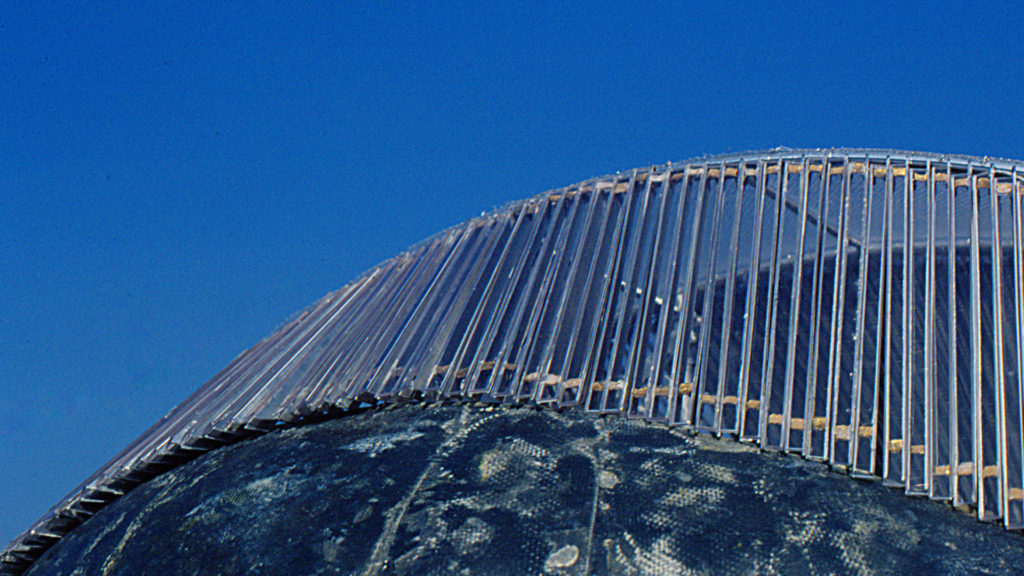
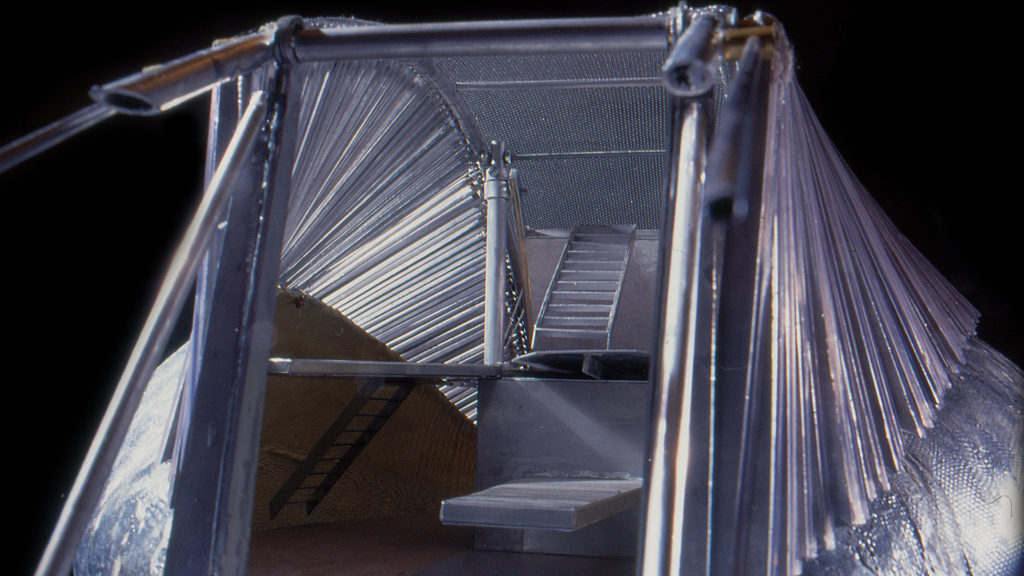
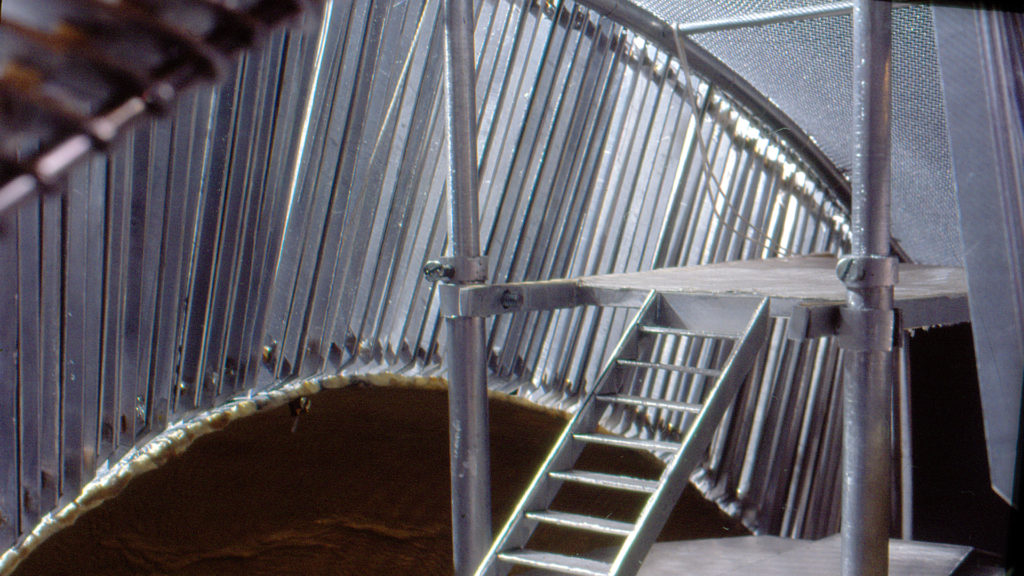
© Najjar Najjar Architects. All rights reserved.

